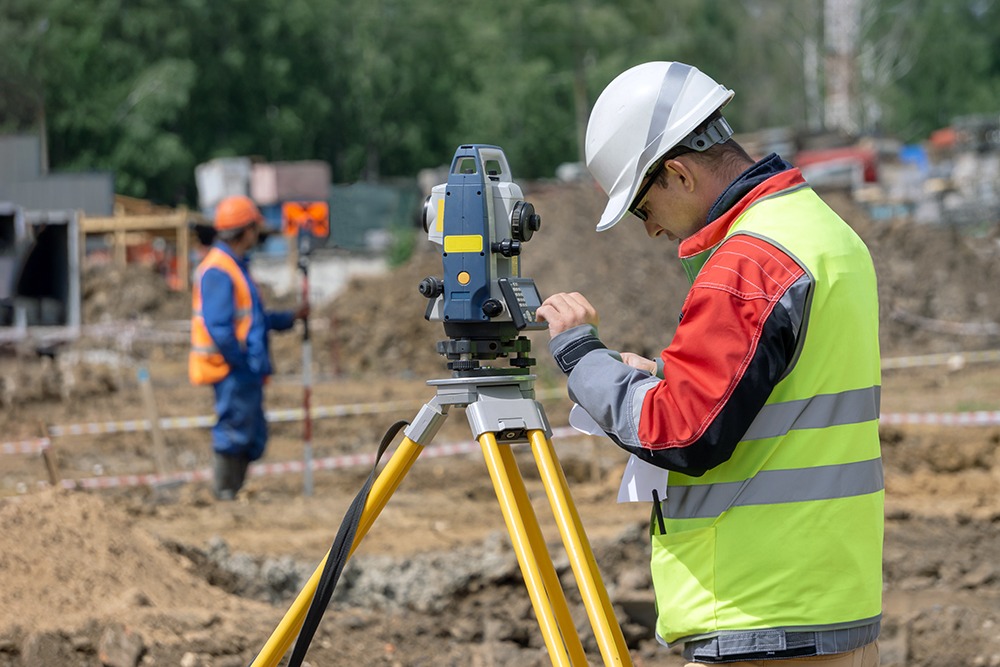How to Resolve Property Line Disputes in Florida
Share:
Few things can sour the neighborly “good fences make good neighbors” idea faster than a dispute over where, exactly, that fence should sit. In Florida, encroachments and boundary line disputes are some of the most common property conflicts homeowners face. Whether it’s a fence built two feet too far, tree roots damaging a driveway, or questions over shared access, these disagreements can quickly escalate from awkward conversations to costly legal battles.
The good news? Florida property law gives homeowners clear tools to resolve these issues—if you know your rights and take the right steps. Let’s break down what you need to know about encroachments, boundary line disputes, and how to protect your property rights in Florida.
What Exactly Is an Encroachment?
In real estate law, an encroachment happens when one property owner builds or extends something onto another person’s land without permission. This can be intentional, but more often it’s the result of unclear boundaries or old surveys. Common examples in Florida include:
- Fences or walls that extend past the actual property line.
- Overhanging tree branches or invasive roots that damage a neighbor’s property.
- Driveways or sheds that cross into the adjoining lot.
- Shared access paths or easements being used outside their intended scope.
While some encroachments are minor annoyances, others can directly affect property value, resale potential, and even your ability to use your own land. That’s why addressing them promptly is critical.
Why Boundary Line Disputes Are So Common in Florida
Florida’s rapid growth and development make it especially prone to boundary line disputes. Older properties may have outdated surveys, and subdivisions often have confusing or conflicting plats. Add in features like fences, hedges, and seawalls along waterfront lots, and disagreements are almost inevitable.
These disputes often begin with something small—like a new fence installation—but can escalate when property lines don’t match long-held assumptions. In some cases, an encroachment that goes unchallenged for years may even lead to legal claims of adverse possession (where a person can claim ownership of land they’ve openly used for a set period of time).
How Florida Law Handles Encroachments and Boundary Disputes
Florida property law gives landowners several options when faced with an encroachment or disputed boundary line. The appropriate response depends on the situation, but here are the most common legal avenues:
Private Resolution and Agreements: The best first step is often a conversation. Many disputes can be resolved informally if neighbors agree to move a fence, trim trees, or sign an easement agreement that permits continued use without changing ownership.
Professional Surveys: A licensed surveyor can establish the true property line. In Florida real estate transactions, surveys are standard, but for existing homeowners, commissioning a fresh survey often provides clarity and evidence if the dispute heads to court.
Easements: In some cases, an encroachment can be formalized through an easement agreement. For example, if a neighbor’s driveway slightly crosses onto your property, you might grant a limited easement rather than forcing its removal.
Quiet Title or Declaratory Actions: If disputes can’t be resolved informally, property owners can file a lawsuit to quiet title or request a court declaration establishing the boundary line. These cases rely heavily on surveys, deeds, and sometimes testimony about historical use.
Adverse Possession: In rare cases, if someone openly and continuously uses another’s land for at least 7 years (and meets other statutory requirements), they may claim ownership through adverse possession. This underscores the importance of addressing encroachments early.
How Florida Law Handles Encroachments and Boundary Disputes
The Fence Too Far: A homeowner in Naples replaces an old fence and inadvertently sets it three feet onto the neighbor’s lot. The neighbor objects, leading to a dispute. With a new survey confirming the error, the fence must be moved—or the parties can agree on a written easement.
Tree Trouble: In Sarasota, oak tree roots push into a neighbor’s driveway, causing cracking. Florida law allows property owners to trim roots or branches that cross onto their property, but disputes can arise over damages caused.
Shared Access Gone Wrong: A waterfront property owner in Miami uses a neighbor’s dock access beyond what the recorded easement allows. This can lead to litigation if no agreement is reached.
How to Protect Your Property Rights
As a Florida homeowner, you don’t have to simply accept an encroachment or boundary dispute. Here’s how to be proactive:
Get a Current Survey: Always review and update your survey before making improvements or installing fences.
Check Title Records: Easements and restrictions are often recorded in property deeds. Reviewing them can prevent unintentional disputes.
Address Issues Early: Don’t wait years to challenge an encroachment. Silence can weaken your rights.
Keep Records: Photos, property records, and written communications with neighbors may all serve as valuable evidence later.
Consult a Property Attorney: In complex or hostile situations, legal guidance can save time, money, and stress.
Why These Disputes Shouldn’t Be Ignored
Boundary line disputes and encroachments aren’t just about neighborly tension—they can have serious financial consequences. They may delay property sales, reduce property value, or even open the door to adverse possession claims. For Florida homeowners, where property values are often significant investments, protecting your land rights is essential.
Final Thoughts
Encroachments in Florida typically occur when fences, trees, or other structures extend past the true property line, often sparking disputes between neighbors. These boundary conflicts are especially common in Florida due to outdated surveys, subdivision errors, and long-standing assumptions about property lines.
Fortunately, homeowners have several options to resolve these disputes, including private agreements, updated surveys, easements, or, if necessary, legal action. Ignoring an encroachment, however, can lead to bigger problems, such as adverse possession claims. By taking a proactive approach—supported with accurate documentation and sound legal guidance—homeowners can safeguard their property rights and avoid costly conflicts in the future.
Is your neighbor’s fence, tree, or driveway crossing the line?
Don’t wait until a boundary dispute becomes a costly legal battle. At DuFault Law, we help Florida homeowners protect their property rights, resolve encroachment conflicts, and put an end to stressful neighbor disputes.
- Call us at (239) 422-6400
- Email us at contact@dufaultlaw.com
- Or Visit our Contact Page to schedule a consultation


Comments are closed